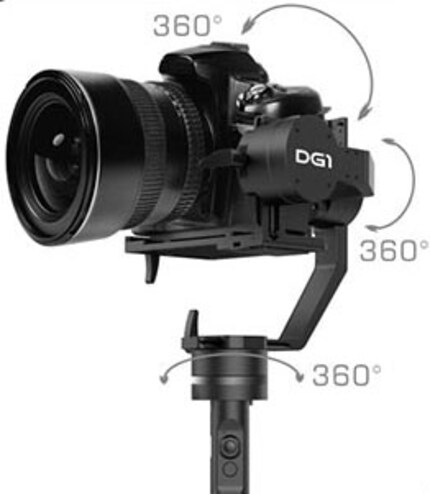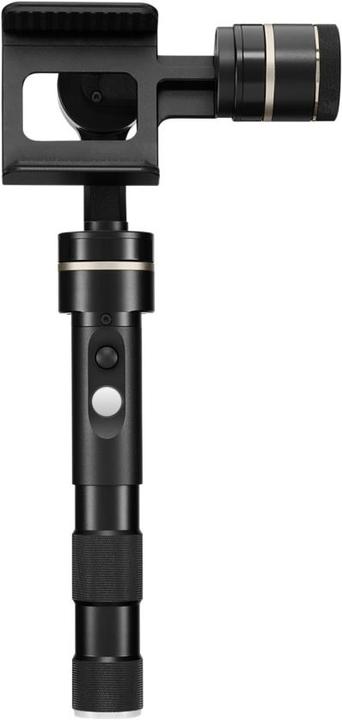
Tobi asks, we answer: What is a gimbal?
Every day during IFA, we post interesting finds from the trade show on our newsfeed. Then in the evenings we sit down and write the longer stories about what we saw that day. When we shared a video of a gimbal, one user asked us what this device was.
But Stephanie couldn’t get one of Tobi’s comments out of her head. She kept thinking about his question about gimbal controls.
It looks like Stephanie is testing gimbals. I’ve never worked with a gimbal before. The camera sometimes swivels quickly, sometimes slowly. I can’t see any controls Stephanie is using to get it to move like that. Is the gimbal doing that on its own or is it just a funny video? Thanks for letting me know.
TobiG3032
«A gimbal is one of a camera person’s most valuable tools,» says Stephanie. She explains that the problem with gimbals is they are often too heavy unless you’re «1.90 m and built like a tank.» That’s why Stephanie recommends a handheld system. The DJI Ronin, which video producers use in Zurich, is really heavy and despite the adjustable hand grips for a 1.65 metre-tall woman it’s still a bit wide. «That’s why I rarely use them,» she adds.
Stephanie is particularly interested in gimbal systems at IFA. She wants to know if you can get a light gimbal that is made of solid but light materials. Is there such a thing as a compact gimbal system? And how long do the batteries last? How quickly does the gimbal react to movement? Between all three of us, we’ve got so many questions.
What does a gimbal do?
A gimbal only has one job: keeping the camera stable. It lets you achieve a smooth tracking shot. Most gimbal systems balance movements across three axes. This means you can move it on a vertical axis, shake it from left to right or back to front and vice versa.
The three motors on a three-axis gimbal. Image: Hohem TechThree motors with gyroscope sensors react lightning fast to keep the camera movement smooth. This means the viewers don’t end up with a bumpy image.
Getting back to TobiG3032’s question, let’s look at the issue of controls. «After initial set-up, the gimbal system only needs one command,» says Stephanie, «and that’s on or off.» The device deals with all the other commands by itself. It reacts just as quickly if not quicker than people, it’s a lot more precise and it ultimately makes life for the person behind the camera much easier.
Size as a deciding factor
In spite of all the benefits of gimbal systems, they do rely on people. Until a camera is securely clamped into a gimbal with the same screw hole you’d use to attach a lens to a camera, you have to balance it as best you possibly can. The three motors are strong enough to move a heavy camera and lens, but they are better used for correcting movements rather than orientation.
That’s why gimbal systems have printed units on the axes. If you’re forgetful, you can make a note of the values so you only have to check how the gimbal has to be aligned once per camera configuration.
While we were at the stand, we started filming a video about gimbals. Min Chen converted his two-handed gimbal into a one-handed model at lightning speed. He smiled when he saw approving glances from passers-by. The gimbal suddenly looked like a balanced out selfie stick. «The Sony a6500 is never big or heavy enough to warrant the two-handed model,» Min Chen explained.
That’s where the idea to film a video with the gimbal about the gimbal came about. It was a kind of acid test for the slimline gimbal system from Shenzhen. Naturally, Min Chen was so proud of his product, he wanted to help out. He insisted.
Fast-forward thirty minutes and we were posing for Min Chen and his staff, exchanging business cards and looking for the next exciting product.
You may find the following interesting (in German):
Journalist. Author. Hacker. A storyteller searching for boundaries, secrets and taboos – putting the world to paper. Not because I can but because I can’t not.
Interesting facts about products, behind-the-scenes looks at manufacturers and deep-dives on interesting people.
Show all



